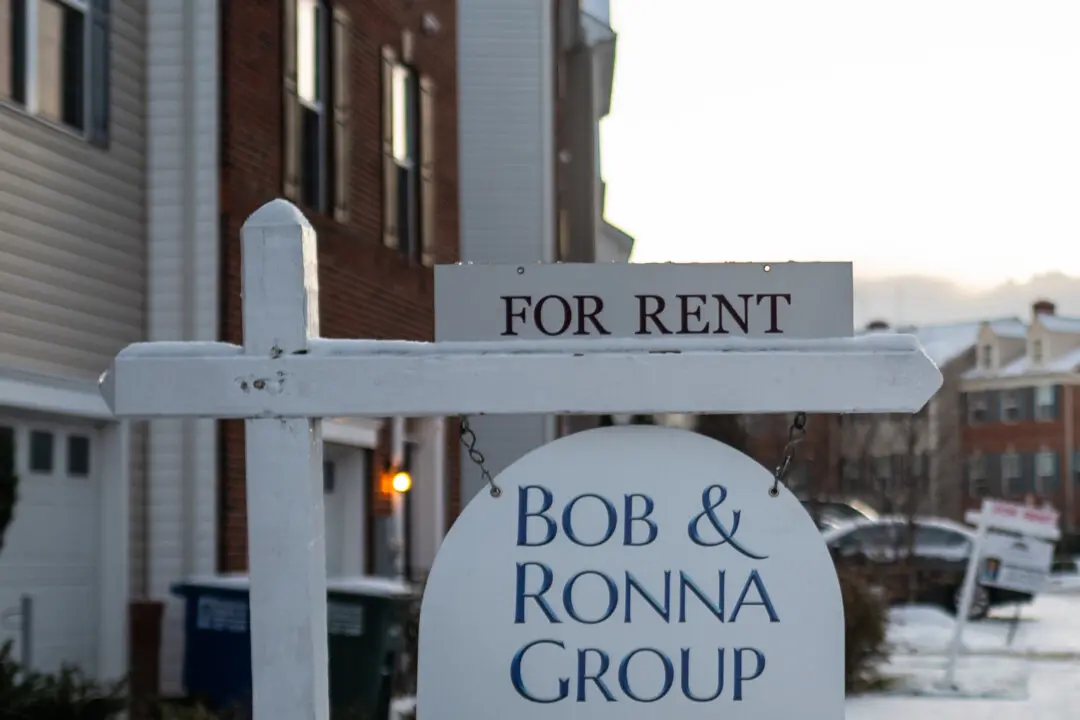Families are now spending 30 percent more on childcare costs compared to 2019, with middle-and upper-income groups seeing the largest increase in such costs in the recent quarter, according to a recent report by the Bank of America (BofA).
The “average monthly childcare payments per household have increased steadily over the past three years. As of September, an average family spent over $700 per month, 32 percent higher than the 2019 average,” BofA said in the Oct. 27 report. The biggest increase in childcare payments for Q3, 2023, was seen among the middle- and upper-income groups.





